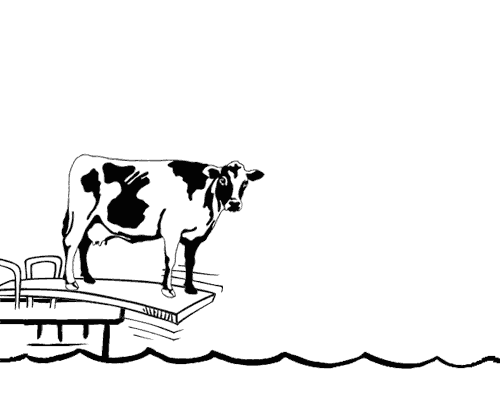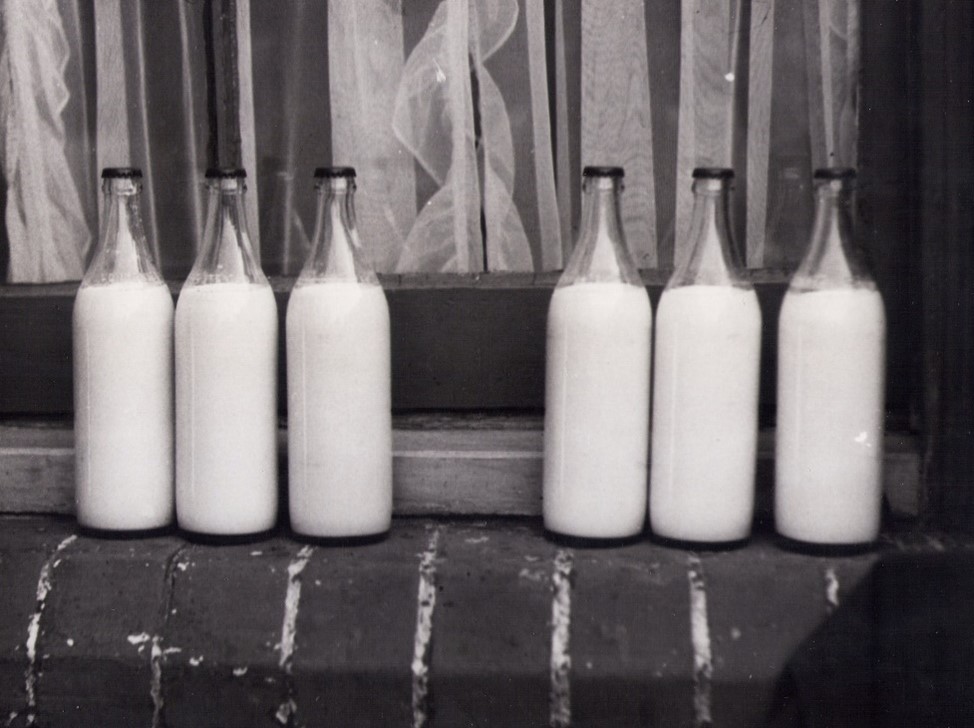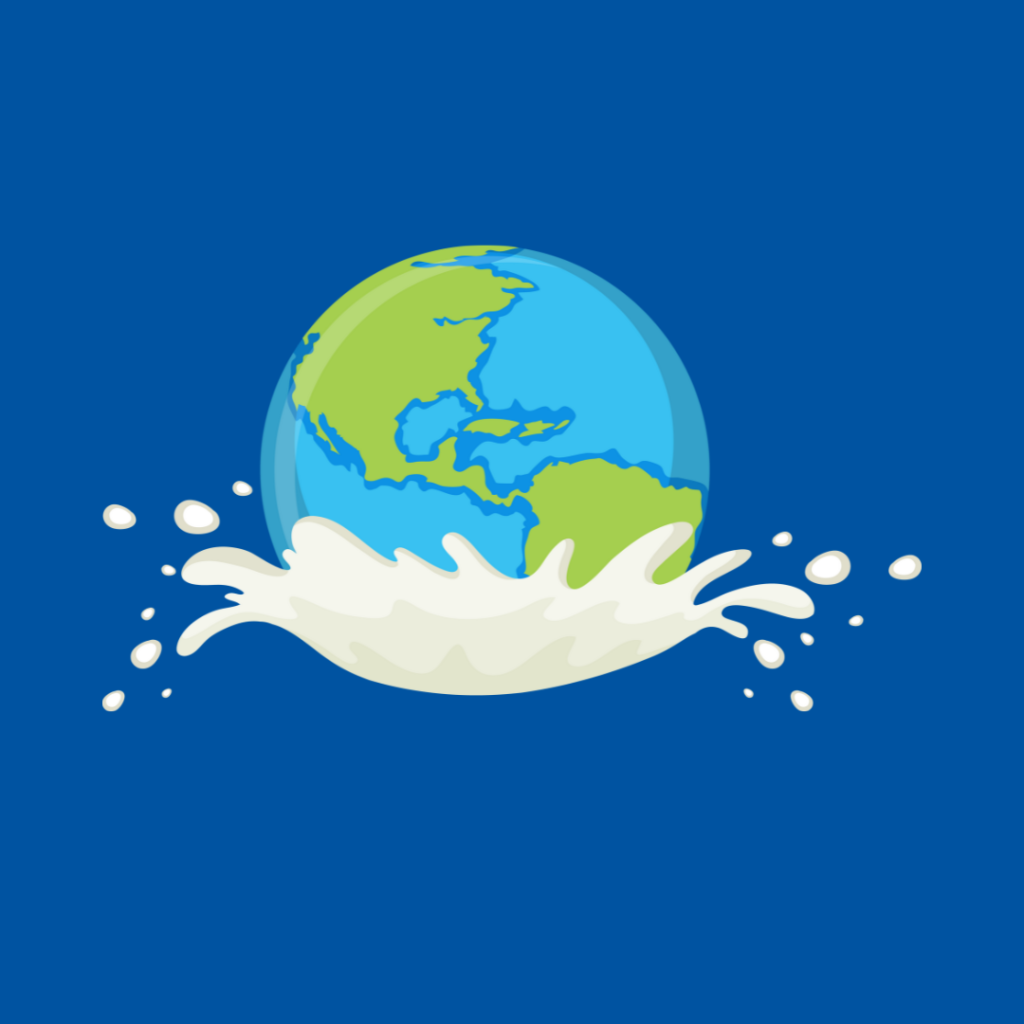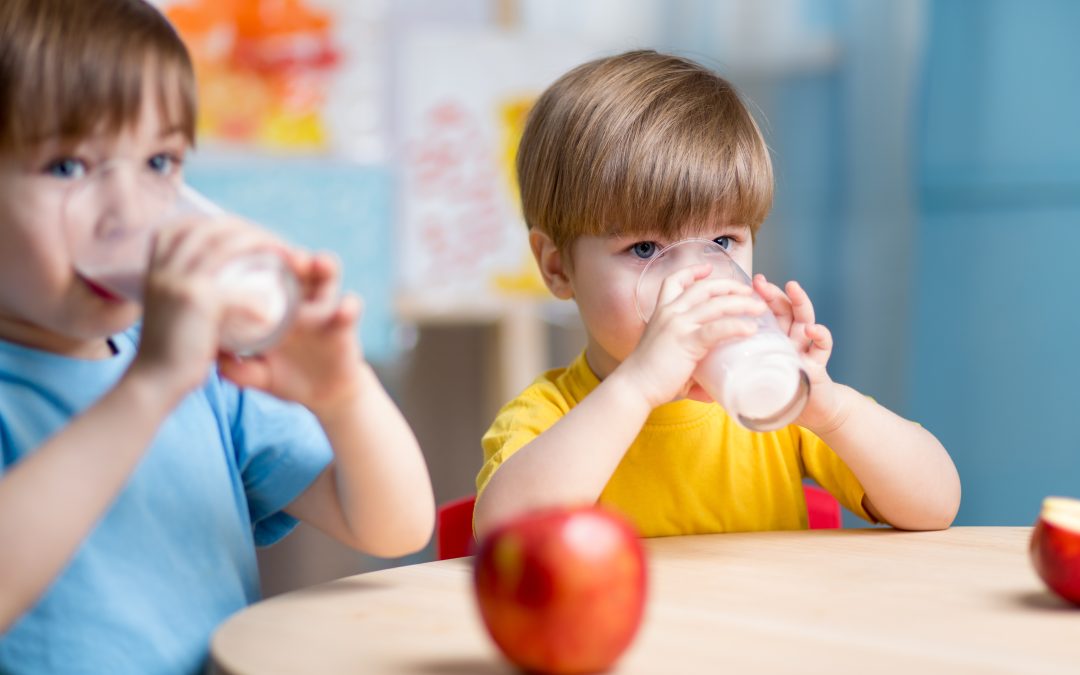Who would have thought that a simple glass of milk could have such a fascinating history? The school milk program in the UK has been around for a long time and has undergone many changes over the years. From its origins in the early 1900s to its current form, school milk programs have had a significant impact on the lives of children and young adults in the UK.
Milk programs were established as a way to make sure that children have access to nutritious milk. In this article, we will look at the history of school milk programs, what the UK school milk scheme is all about, and why it was established in the first place. So grab a glass of milk and let’s dive into this interesting topic!

The History of School Milk Programs in the UK
In 1921, the government of the United Kingdom launched a free school milk program, which aimed to provide milk to all children in primary schools. The program was designed to improve the health of children. School milk programs have been around for centuries, but they have evolved substantially since the introduction of the School Milk Act in 1946.
Initially, the program was met with some resistance from parents and teachers. They were wary of the taste and quality of the milk. However, over time, the program became more popular and was seen as an essential part of the school day.
The Early Days of School Milk Programs in the UK
The origins of school milk programs in the UK can be traced back to the early days of World War II. It was during this time that the first school milk program was initiated by the British government. The aim was to provide children with a healthy source of nutrition while they were away from home. This program was a great success and soon spread across the country, providing children with fresh, nutritious milk every day.
The Evolution of School Milk Programs in the UK
During World War II, the government expanded the school milk program to include older children and adolescents. The program was seen as a way to help children stay healthy during a time when food was scarce and rationed.
In the post-war years, the school milk program continued to grow and evolve. By the 1950s, the program was providing milk to over 90% of primary school children in the UK. The milk was typically provided in small glass bottles. These bottles were delivered to schools each day by local dairies.

In the 1960s, the government introduced a new school milk program, which provided free milk to all children under the age of 18. The program was seen as a way to help promote good health and nutrition among young people. It was widely popular among parents and educators.
Overcoming Challenges with the School Milk Program
Despite its popularity, the school milk program faced some challenges in the 1970s and 1980s. Concerns grew about the high cost of the program and the environmental impact of the glass bottles used to deliver the milk.
In 1971, the government introduced a new policy requiring parents to pay for milk for children over the age of seven, which led to protests from some parents and educators.
Despite these challenges, the school milk program remained an important part of the British educational system for many years. Today, milk is still provided to some children in UK schools, although the program is no longer universal.
The introduction of free school milk programs throughout the UK during World War II made one thing clear: providing milk to school children was a necessary component of daily life. After the war, these programs were funded by local council allocations, which varied by location and available resources. Their nutritional benefits are undeniable. Milk is an excellent source of calcium, which is crucial for bone development and maintenance. Additionally, it contains protein, vitamins, and minerals that are essential for the growth and development of children.

The Relevance and Impact of School Milk Today
Modern-day implementation of school milk programs focuses on providing low-fat or fat-free milk options to children. This ensures that they receive the nutritional benefits of milk without the added calories and saturated fat.
School milk programs have a significant impact on the health and well-being of children. By providing them with access to nutritious milk options, we can help them develop healthy habits that will benefit them for a lifetime.
How Other Countries Are Implementing Their Own Versions of School Milk Programs

School milk programs have been around for decades, but now other countries are getting in on the action! These programs not only benefit students’ health but also support local dairy farmers and contribute to the overall economy.
From France to India, more and more nations are implementing their own versions of school milk programs. In Finland, for example, every child in primary school receives a free carton of milk each day. In France, school children have access to subsidised dairy products, including milk, cheese, and yoghurt. Similarly, in Sweden, all children up to the age of 12 are eligible for free milk at school.
These programs aim to promote healthy nutrition and support the dairy industry in their respective countries. While the specifics of each program may vary, the goal remains the same: to ensure that all children have access to nutritious milk as part of their daily diet.

Overall, serving milk in schools is a longstanding tradition in the UK. History reflects changing attitudes towards health, nutrition, and education over the past century. Despite its challenges, the program has helped to promote good health among children and young people. It remains an important part of the UK’s educational heritage.
The Role of Cool Milk in Providing High-Quality Milk to UK Schools
Cool Milk is a provider of milk to schools participating in the government’s school milk scheme. The scheme aims to provide free milk to children under five, and subsidised milk to children aged 5-18 in schools and nurseries. At Cool Milk we ensure that the milk delivered to schools is fresh and of high quality, meeting the nutritional requirements of the children and promoting healthy eating habits.

